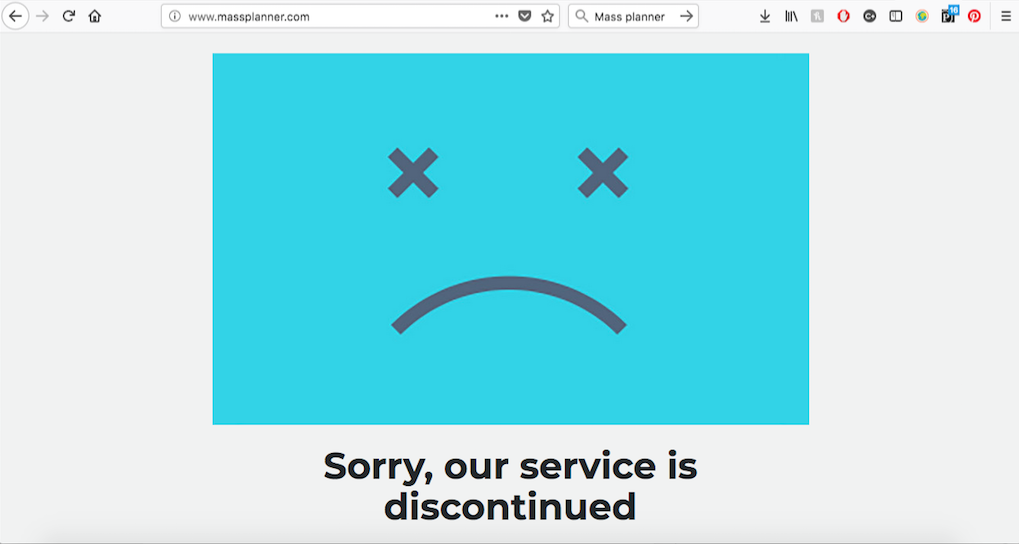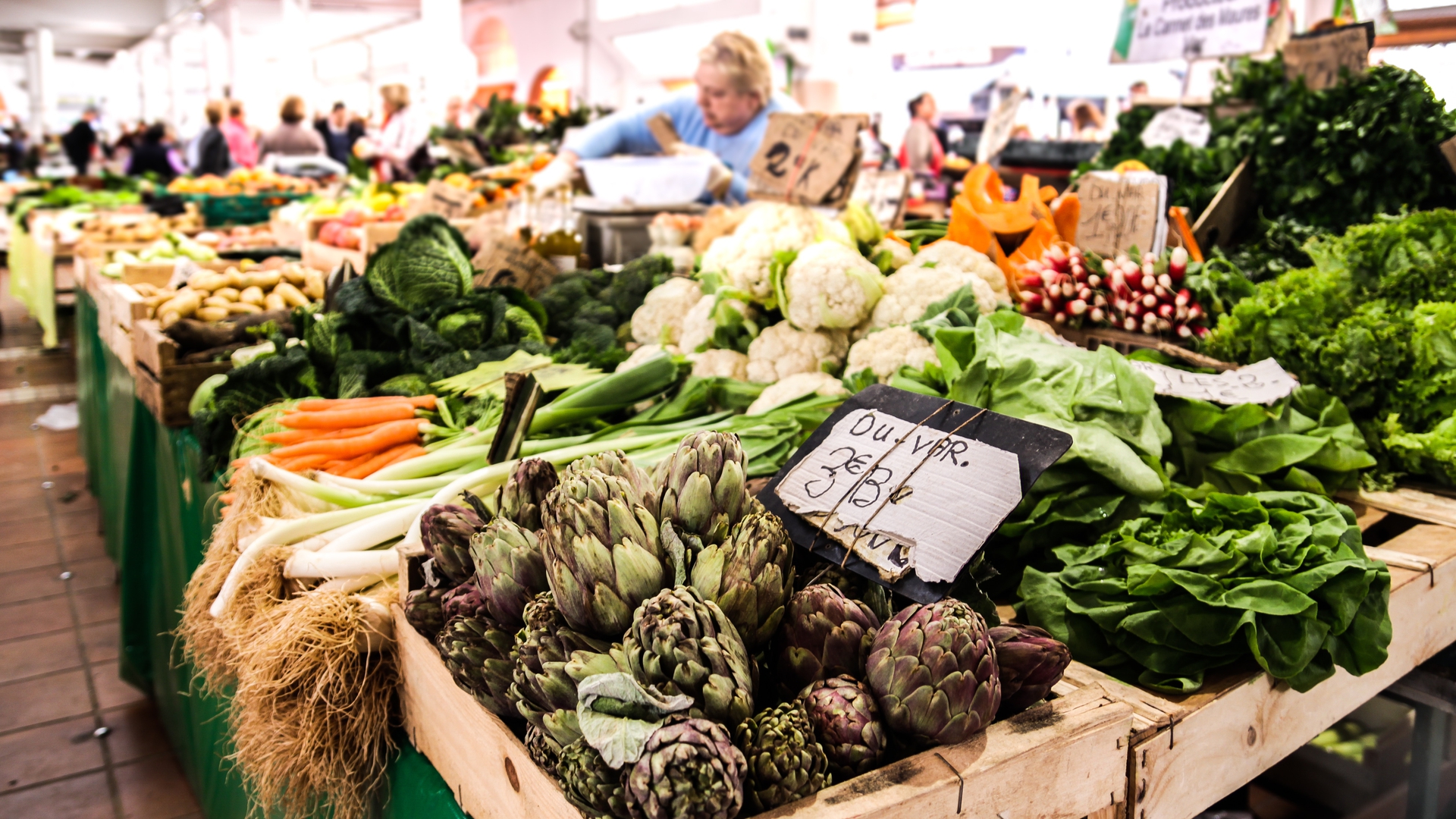The threat the bot brings
by
Victoria O’Meara
June 8, 2019
Featured in Logout! (#8)
Instagram, influencers, and engagement automation

inquiry
The threat the bot brings
by
Victoria O’Meara
/
June 8, 2019
in
Logout!
(#8)
Instagram, influencers, and engagement automation
Instagram probably isn’t the first place we’d go looking for examples of resistance to platform labour. Unlike platforms like Uber, Deliveroo, or Taskrabbit, Instagram’s main function isn’t to connect workers and employers, and the Instagrammers who spend their time there aren’t directly paid by the platform. It’s fair to say that creating beautiful photographs to accumulate masses of likes, comments, and followers doesn’t have an immediately obvious application to debates around platform-mediated labour struggles.
However, Instagram is also home to a booming influencer marketing industry, worth over 2.38 billion US dollars. This means that there is a large community of people on the platform that make their living from the content they produce and circulate there. Members of this group are commonly called ‘influencers’, and for them, the platform is their site of work. The influencer creates content designed for Instagram, and it is here that they work to grow the following that advertisers pay them to access. The Instagram platform organizes their working day (in terms of the infrastructure they work on/with), measures their success (in terms of their engagement metrics), and strongly impacts their future employability (in terms of how advertisers evaluate them based on those metrics).
An influencer is an independent content creator who has amassed a large, or particularly valuable, following on Instagram over which they exercise ‘influence’. Advertisers hire them to create branded content and promote it to their audience. While the typical user likes, shares, and comments in their leisure time, for the influencer this is part of the relational labour that constitutes their working day. Interacting with other users of Instagram is part of the audience maintenance and growth that keeps them employed. Commenting, responding to comments, liking, sharing, and searching for accounts to follow in their own niche are all part of the job, and it is work that benefits Instagram greatly in the form of ongoing data production. If we look closely, we can see that there is unique and ongoing struggle between influencers and the platform about how exactly they should carry out this component of their work.
Engagement bots as labour automation
Recently some professional and aspiring content creators have been automating parts of their own engagement on the site. Commonly referred to as ‘botting’, this practice effectively allows users to put their Instagram account on autopilot, liking, commenting, following, and unfollowing on their behalf. This is how they work: a content creator can set the parameters by which they’d like the program to interact, seeking out and engaging with other accounts that have demonstrated an interest in a particular niche. For example, if I’m an influencer in the body positivity movement, I might tell the program to like posts created by accounts that have recently liked content with the hashtag #bodypositivity, or who have themselves posted using that hashtag. Several services offer options that also let you set the pace at which you’d like the bot work; they can set a maximum limit per hour for how much content they want the bot to like, or how many accounts it should follow. Ultimately, the goal is to introduce yourself to other users, which hopefully results in new followers and some type of engagement with your own profile. One site puts it like this, “You pick the hashtags to follow and we get to work. […] When people receive your likes, they are inclined to check your profile and like and follow you back.”
Engaging with other users on Instagram is a big part of the work of being an influencer. Liking, commenting, and following other accounts is part of their labour process, integral to growing and/or maintaining the audience that advertisers pay them for. In this way, engagement bots automate part of the influencer’s working day and, in so doing, alleviate some of the demand on their time. Botting tools can run around the clock, when the user is sleeping, eating, or otherwise occupied, and can do so at a pace that a human user can’t reasonably sustain. The website for one botting service puts it this way, “Some people just turn on Instazood while they’re sleeping, and love waking up to see all their new followers, likes and comments on their Instagram account. Of course, others choose to run Instazood 24/7 just like a specially dedicated team of interns”. These bots relieve individual content creators of the constant interactivity, engagement, and general data production on Instagram, and in effect, shorten the length of their working day. As another site puts it: “No need to spend hours in front of PC in order to gain 1-2 new followers or squeeze out 3 likes. Robolike.com will get you 80 likes in an hour!”
Instagress, a once popular site for this, described itself in these terms: “It’s like creating a small robot clone of yourself with the same interests and style, and then letting it work for you on Instagram”. Instagress’ own description is apt, and their service more radical than they likely intend. The bots present the opportunity to robotically outsource the constant interactivity, ‘engagement’, or – most plainly – data production that social media platforms demand. Practices of botting, or automated engagement, alleviate this demand. For the influencer, it responds to the unique material conditions of their platform-mediated work, and at base, attempt to exercise control over their own labour process.
A labour driven antagonism
These engagement automation tools have been an unwelcomed technology in a regime of accumulation that runs on the production and capture of data concerning human behaviour. Indeed, botting violates Instagram’s Terms of Service, and the expectations of appropriate data production set out by the platform. Instagram has responded to these practices with efforts to eliminate them. In April of 2017, several popular botting sites were suddenly shut down. Instagress replaced its website with this message:
Sad news to all of you who fell in love with Instagress: by request of Instagram we were forced to close our web-service that helped you so much in your Instagram journey. We are all very sad of that but it looks like there is nothing we can do at the moment.
Similar sites like PeerBoost, Instaplus, Fan Harvest, and Mass Planner were subject to the same fate.

Engagement automation site Mass Planner replaced its homepage with this message
In November of 2018, Instagram tried again, this time targeting the users of engagement automation bots. The platform announced that it had developed “machine-learning tools” to identify accounts that use the bots to like, follow, and/or comment on other accounts, and were removing that “inauthentic activity” from their platform.
Despite these efforts, botting has been difficult to eradicate. When websites are shut down, new ones pop up to take their place, and the well-motivated eventually find weaknesses to exploit when changes are made to the platform.
The threat the bot brings to surveillance capitalism
Automation has long served as a tool of the capitalist, pursued as a tactic to intensify productivity and suppress labour costs, undermining worker power and responding to their subversions. Here, however, capital demands the inverse– ‘authentic’, ‘genuine’, or ‘real’ human activity, while platform users themselves have pursued automation. This effort to police user automation reflects the extractive logics of what Shoshana Zuboff calls surveillance capitalism, where user behavioural data is mined in order to measure, categorize, predict, and ultimately, nudge human behavior towards profitable ends. Under such a regime, the bot threatens capital accumulation because it undermines the utility of the data for meeting those ends.
In his manifesto for a cooperative platform economy, Trebor Scholz1 imagines an alternative future where, “We won’t answer your status updates. We will throw a switch and let bots do the data entries for us while we go for a stroll”. The influencers on Instagram are seemingly ahead of him, engaged in the practice, if not armed with the correlating politics. The practice of botting among professional content creators invites us to consider what de Peuter and Cohen describe as “alternative constellations”2 of struggle that emerge beyond the borders of the traditional workplace and the types of organizing that have historically gone on there. Transformed material conditions must be met with new subversions. Identifying and analyzing such sites of struggle can offer us new insight into potential weaknesses to exploit and avenues of resistance to pursue. As behavioural data becomes increasingly central to capital accumulation under surveillance capitalism, might there be radical potential in the contested terrain of the bot?
-
Scholz, T. (2017). Uberworked and Underpaid: How Workers are Disrupting the Digital Economy. Cambridge: Polity Press. ↩
-
de Peuter, G. & Cohen, N. (2015). Emerging labour politics in creative industries. In K. Oakley & J. O’Connor [Eds.]. The Routledge Companion to the Cultural Industries (pp.305- 318). New York: Routledge. ↩
Featured in Logout! (#8)
author
Victoria O’Meara
Subscribe to Notes from Below
Subscribe now to Notes from Below, and get our print issues sent to your front door three times a year. For every subscriber, we’re also able to print a load of free copies to hand out in workplaces, neighbourhoods, prisons and picket lines. Can you subscribe now and support us in spreading Marxist ideas in the workplace?
Read next


